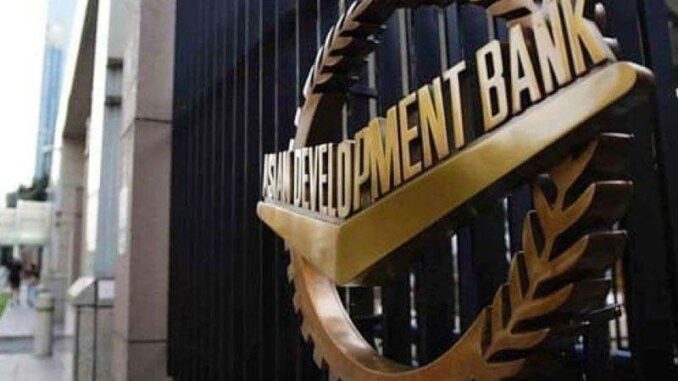
MANILA, Philippines — The Asian Development Bank (ADB) has trimmed its inflation forecasts for the Philippines for this year and the next, but retained its economic growth outlook for the country. The Asian Development Outlook September 2024 report released yesterday showed the multilateral lender now expects inflation to slow to 3.6 percent this year from its previous estimate of 3.8 percent.
It said the lower inflation forecast reflects “the sustained deceleration in food prices partly due to lower tariffs on rice imports.”
The government reduced the duties for rice imports to 15 percent from 35 percent until 2028 and extended the lowered tariff rates on corn, pork and mechanically deboned meat imports to make these commodities more affordable.
Latest data from the Philippine Statistics Authority showed headline inflation slowed to 3.3 percent in August from 4.4 percent in July.
This brought average inflation in the January to August period to 3.6 percent, within the government’s two to four percent target band.
For next year, the ADB expects inflation to ease further to 3.2 percent, also lower than its earlier forecast of 3.4 percent.
Last year, inflation averaged six percent, above the government’s two to four percent target range.
“A sustained moderation in inflation could allow further monetary policy easing after a 25-basis-point cut in the policy rate to 6.25 percent in mid-August,” the ADB said.
The Bangko Sentral ng Pilipinas’ policy rate cut last month was the first rate adjustment following the 450-basis-point hike between May 2022 and October 2023.
The same report showed the ADB maintained its 2024 growth forecast for the Philippine economy at six percent, within the government’s six to seven percent growth target.
The ADB also kept its gross domestic product growth forecast at 6.2 percent for 2025.
This forecast, however, is below the 6.5 to 7.5 percent growth the government is aiming for next year.
If the ADB’s economic growth forecasts are realized, the Philippines and Vietnam will be the fastest growing economies in Southeast Asia this year and next year.
The Philippines expanded at a faster pace of 6.3 percent in the second quarter compared to the 4.3 percent growth in the same quarter last year and the revised 5.8 percent growth in the first quarter of 2024.
Average growth in the first semester was at six percent.
The ADB expects moderating inflation and monetary easing to support Philippine economic growth.
ADB Philippines country director Pavit Ramachandran said the country is in a strong position to lead growth.
“Most of the ingredients for the Philippines’ sustained economic growth are in place – rising government revenues are boosting public expenditures on infrastructure and social services, increasing employment is driving consumption, and reforms to open the economy to more investments are underway,” he said.
The ADB, however, flagged potential severe weather events as risks that could push up inflation.
Also cited as risks to growth are external factors such as sharper slowdown in major advanced economies and China, financial volatility due to US monetary policy decisions, geopolitical tensions and rising global commodity prices.


Be the first to comment